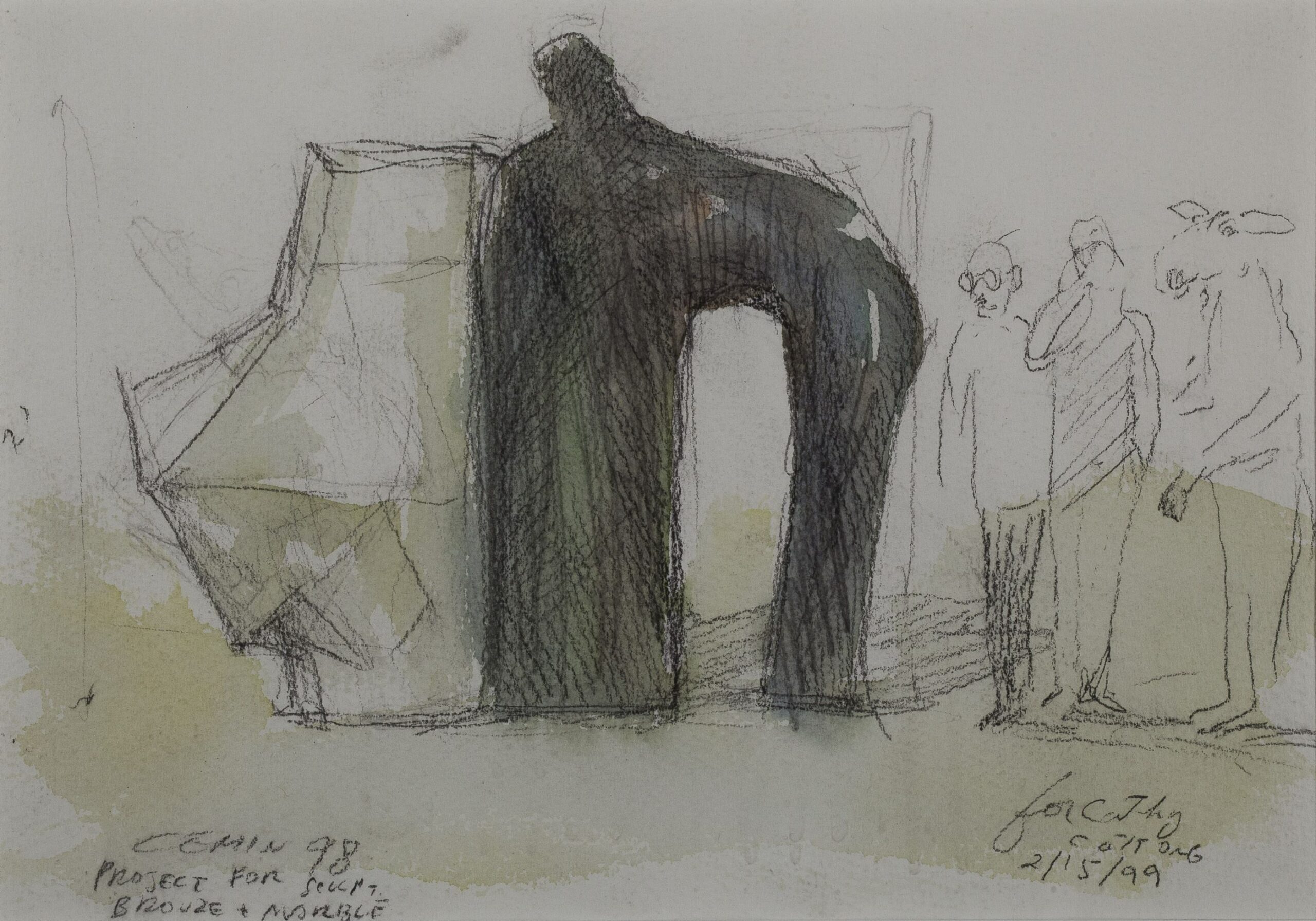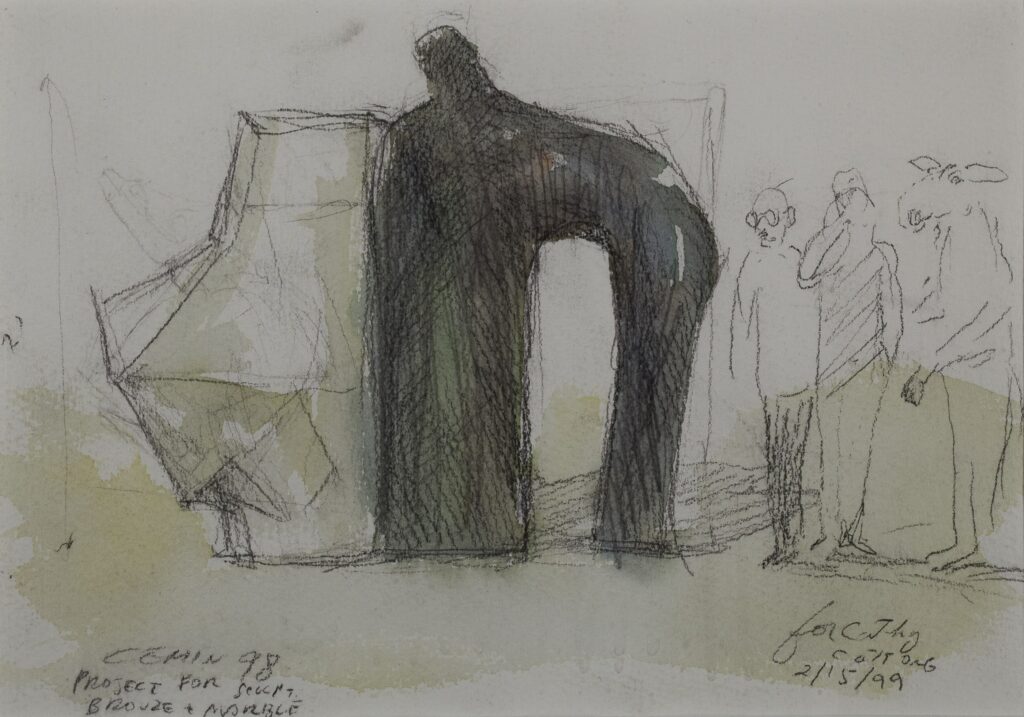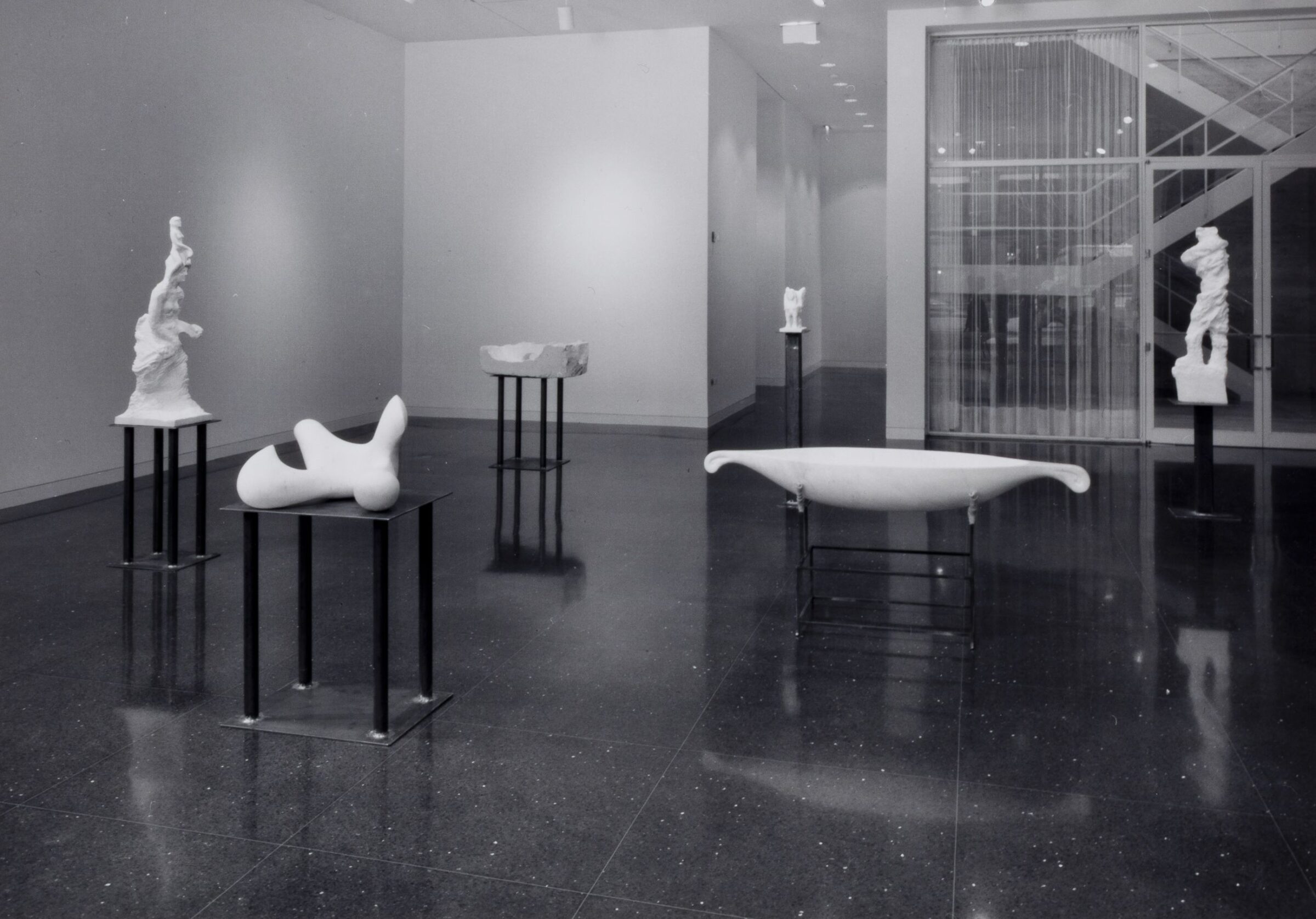St. Clair Cemin


Past exhibition
St. Clair Cemin
About the Exhibition
The Arts Club of Chicago is pleased to announce the first Chicago one-person exhibition of the sculptor Saint Clair Cemin. The installation will contain recent white marble pieces and a selection of bronzes from the past fifteen years. The exhibition will open on Tuesday, February 9 and run through April 3, 1999. The artist will be present at the opening.
Simultaneously, Cemin’s sculptures are vaguely familiar and oddly disconcerting. Utilizing classic sculptural materials (bronze, clay, wood, iron) and identifiable forms (teapots, balls, furniture) in unusual combinations, he creates his own visual language. By recontextualizing recognizable and abstract forms, Cemin pushes the viewer to resolve the unfamiliar with the familiar, absence with presence, the unknown with the known. He skews the viewer’s perception, forcing a reevaluation of preconceived notions about the form and materiality of sculpture.
His earlier work is rooted in the exploration of everyday objects. Soap Elephant, 1987, which is neither soap nor easily recognizable as an elephant, is made of bronze and painted bubble gum pink. It is possibly the embodiment of a child’s melted soap elephant, but is ten-times the size, and made of non-malleable, sculptural material. The piece is both whimsical and ponderous, bringing multiple associations to mind: childhood, pink elephants, bath toys, the circus, and the zoo. Panfuncio Table, 1987, subverts the modernist idea that “form follows function.” From a black marble boulder grows a twisting, tubular polished bronze form that blossoms into a table. Cemin inverts the relationship of the sculpture to its base—the balance is upset, the usefulness of the table diminished.
His recent white marble pieces reflect Cemin’s interest in classical materials and a traditional approach to sculpture. The historic subject matter of chimeras, pioneers, women, and giants is portrayed a-traditionally. These pieces reflect Cemin’s interest in re/inventing mythology. Chimera Cogitans (trans. thinking), 1998, a rough-hewn she-monster, part woman, part lion with wings, appears to have come from an archaeological find. Chimera Tacendi (trans. silent), 1998, is a 3-foot square marble slab with an aqueduct and a flowing river carved from its center. Chimera Loquendi (trans. speaking), 1998, is an anthropomorphic form with figurative allusions. By utilizing classical references and materials, Cemin undermines our collective memory. The sculptures are not exactly what they appear: classical is interwoven with contemporary, history and imagination are combined, producing Ceminian sphinxes.
About the Artist
Born in 1951, Cemin grew up in Cruz Alta, the heart of Brazil’s cowboy country. His early childhood was spent on a rural farm without electricity and running water. In 1974 he moved to Paris where he studied for four years at the Ecole de Beaux Arts. He relocated to New York in 1978 and began making prints. After seeing a Joseph Beuys retrospective at Guggenheim Museum in 1979, he started making sculpture. His diverse background is reflected in his work that combines sophistication with naiveté, refinement with rawness, classicism with playfulness, and sensuousness with rigor.
